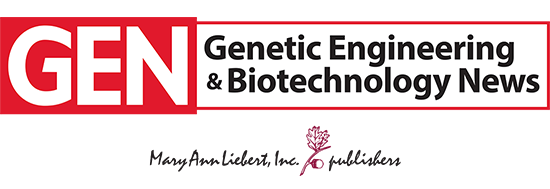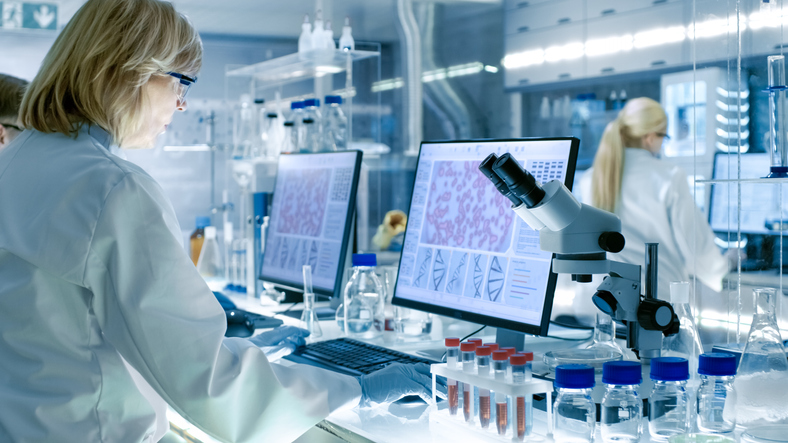In therapeutic viruses, host-cell proteins are often discussed as impurities, but other sources must also be considered. As Judy K. M. Ng, PhD, principal scientist on the bioprocess innovation team at ViraTherapeutics, says: “Firstly, the impurities content depends on which virus is produced and the upstream production strategy: infection verses transfection, the choice of a cell line and medium, harvesting in supernatant or cells or both, and also whether or not the virus carries a transgene and if that is expressed during production.” So, there’s a lot to keep in mind.
Digging into the details a bit, Ng notes a few specific impurities that might arise. If transfection is needed, for example, input plasmids and residual transfection agents can be impurities. “If the virus carries a transgene, the transgene may be expressed during upstream production, and that also needs to be removed,” Ng says. “From the production cell line, extracellular vesicles are often spontaneously produced during culturing—even with no transfection—and that should also be removed, but it’s quite tricky.”
Faced with choices
Given the various ways to produce therapeutic viruses, scientists face many decisions in deciding how to remove impurities. For one thing, Ng notes that, “The impurities-removal strategy depends on the number of impurities compared to the amount of virus produced, and how you can distinguish that from target, or virus particles.” Also, if upstream processes produce extracellular vesicles that “have similar sizes and surface as your target virus, separation is difficult,” Ng explains.
To address these challenges, Ng points out several recent technological advances. As examples, she mentions new filtration methods, continuous centrifugation systems, and chromatography columns for convective flow that work well with viruses.
When asked about the most important remaining challenges in addressing these impurities, Ng says that it’s “setting up adequate analytics to read out what is being done in each purification step.”
So, despite the frequent discussions of host-cell proteins as impurities in therapeutic viruses, many other factors must be considered to develop safe and effective treatments.


